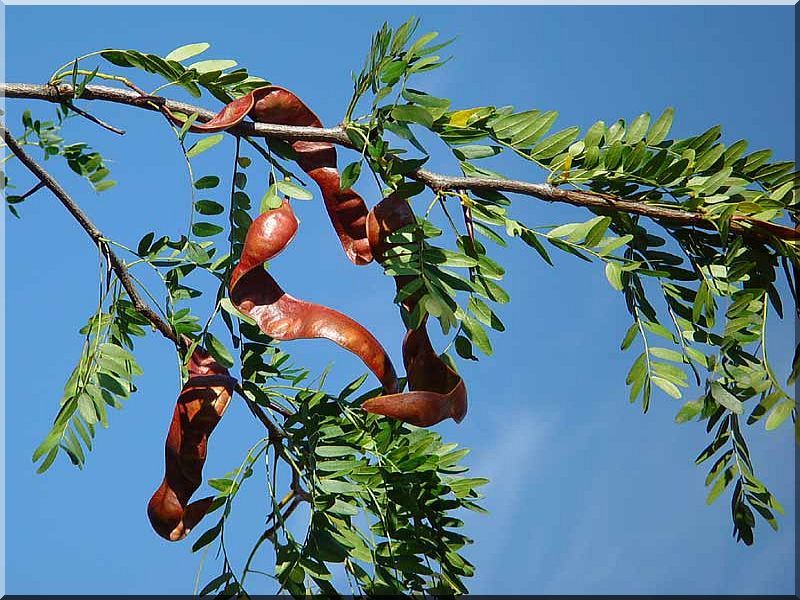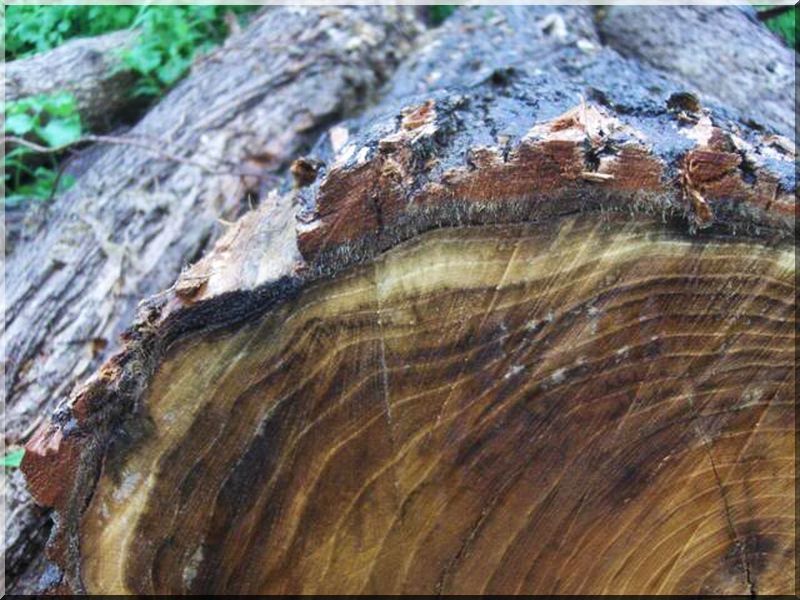Categories
- New arrivals
- Products on sale
- Products in stock
- Wabi sabi
- Locust planks, sawn products
- Antique wood
- DIY goods
- Demolished planks, beams
- Furniture logs
- Furniture, by function
- By furniture, rooms
- Furniture by style
- Country chic
- Sanded acacia posts
- Decorations
- Planks, lumbers
- Diy ideas
- Unique, antique
- Building materials
- Wall coating
- Beam furniture
- Wood root
- Industrial style
- Pavement slabs
- Corral
- Wooden posts
- Debarked locust logs, posts, stakes
- Garden products
- Lamps
- Natural wood
- Retro
- Antiques
- Log furniture
- Shabby chic
- Style
- Colour samples
- Service
- Retaining wall, retaining wall elements
- Textile
- Vintage
- Vintage & loft
- Wabi sabi apartments, furniture, decorations
- Branch fence
- We're looking for an employee!
- We are looking for a supplier!
Recommended products
Forum
Product Details
| Stock |
0 pc
|
| Weight |
12 kg/pc
|
| Short description | Carpentry quality, 26 mm thick air-dried glued planks for furniture construction! |
| Product properties | The boards are 18 to 24 cm wide and 2.5 meters long.
There are several species of acacia, which are classified into two different genera (Gleditsia and Robinia), or in the family mentioned above (gledicia is called red acacia in English). The best known specimens are the acacia tree and the pie tree. Both are deciduous and grow at a rapid rate.
The flea tree (Gleditsia triacanthos) is another popular and common species belonging to the genus Gleditsia, along with 11 other species. Native to eastern North America, it is also known as sweet beans and sweet acacia. These fast-growing trees grow large, reaching up to 30 feet in height. Their trunk can be up to one meter thick. The bright green leaves are oblong in shape. In early fall, the leaves will turn bright yellow before they fall. New leaves appear sooner than acacia. This tree also has spines (3-10 cm long) that can be single or grouped. When they start to grow, these spines are green and soft. As they develop better, they become harder and reddish-brown in color.
The fully ripe thorns are brittle and ashy in color. The strong-smelling, cream-colored flowers develop in clusters, and the fruits (seed pods) are produced by the female tree. The fiber in the flat sheath is edible. It is usually planted as an ornamental tree and not for honey production. The wood from it is also very valuable, as is the case with acacia. Gledícsia, also known as pie tree, is extremely similar in appearance to acacia. In addition to its external appearance, its physical characteristics and machinability are similar to those of acacia (hard, compact fiber structure, durable, easy to dry, low shrinkage indices). A different property of acacia is its color, which is a shade of red, as well as its rarity. It only appears as scattered wood in our forests, so it is rarely used by sawmills, because its purchase is possible, but in smaller quantities it is recommended for those who want to see good quality and unique wood raw materials in their homes. |
| Additional products |
460 000 Ft + ÁFA (584 200 Ft)
44 000 Ft + ÁFA (55 880 Ft)
|






